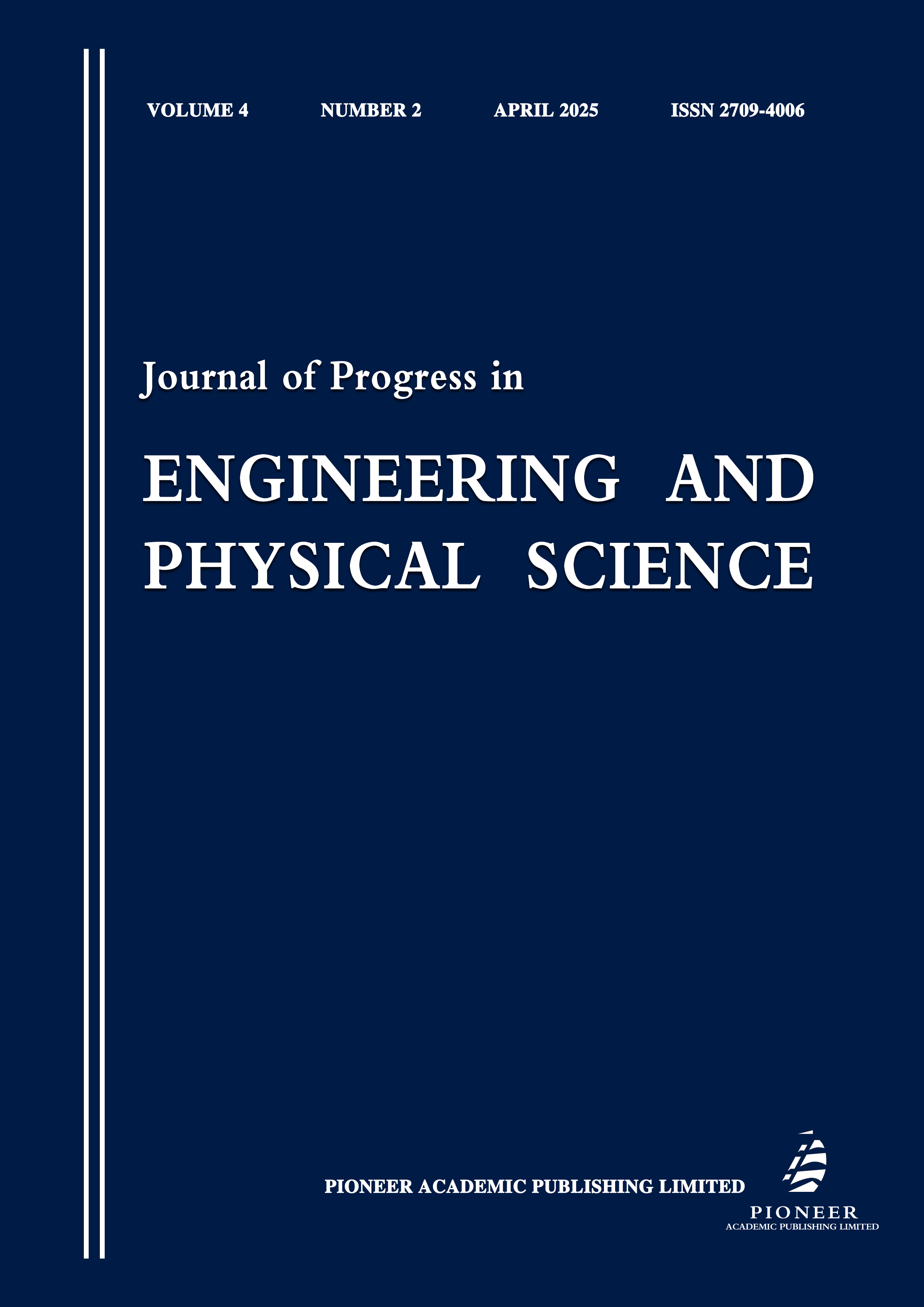Downslope Gradient of Metal Concentration in Soils Along the Mayon Fluvial System
Keywords:
Mayon Volcano, heavy metals, fluvial system, downslope gradient, lahar, bioavailabilityAbstract
This study investigates the spatial distribution and environmental implications of heavy metal concentrations in soils along a downslope gradient in the Mayon Volcano fluvial system, Philippines. Fifteen georeferenced sampling plots were established across three slope zones—upper (800–1000 m), middle (400–600 m), and lower (50–200 m)—to evaluate the concentrations of six metals: Fe, Mn, Zn, Cu, Pb, and Cr. Soil samples were analyzed using microwave-assisted acid digestion followed by AAS quantification. Results revealed statistically significant increases in all target metals with decreasing elevation, with the highest concentrations consistently observed in the agriculturally active lower slopes. ANOVA and Tukey’s HSD tests confirmed that Fe, Zn, and Cu displayed the strongest elevation-based variance (p < 0.01), while pollution indices such as the Geoaccumulation Index (I_geo) and Contamination Factor (CF) indicated moderate contamination by Pb and Cr in depositional floodplain zones. These patterns were attributed to lahar-mediated sediment transport, grain-size sorting, and organic matter-metal interactions in lowland soils. The environmental implications are substantial: elevated bioavailable metals pose risks to food safety, human health, and long-term soil productivity. Findings highlight the need for integrated land use planning, soil remediation practices, and community-based monitoring in volcanic agroecosystems.


